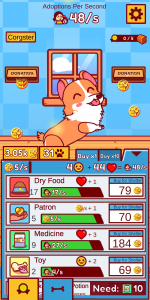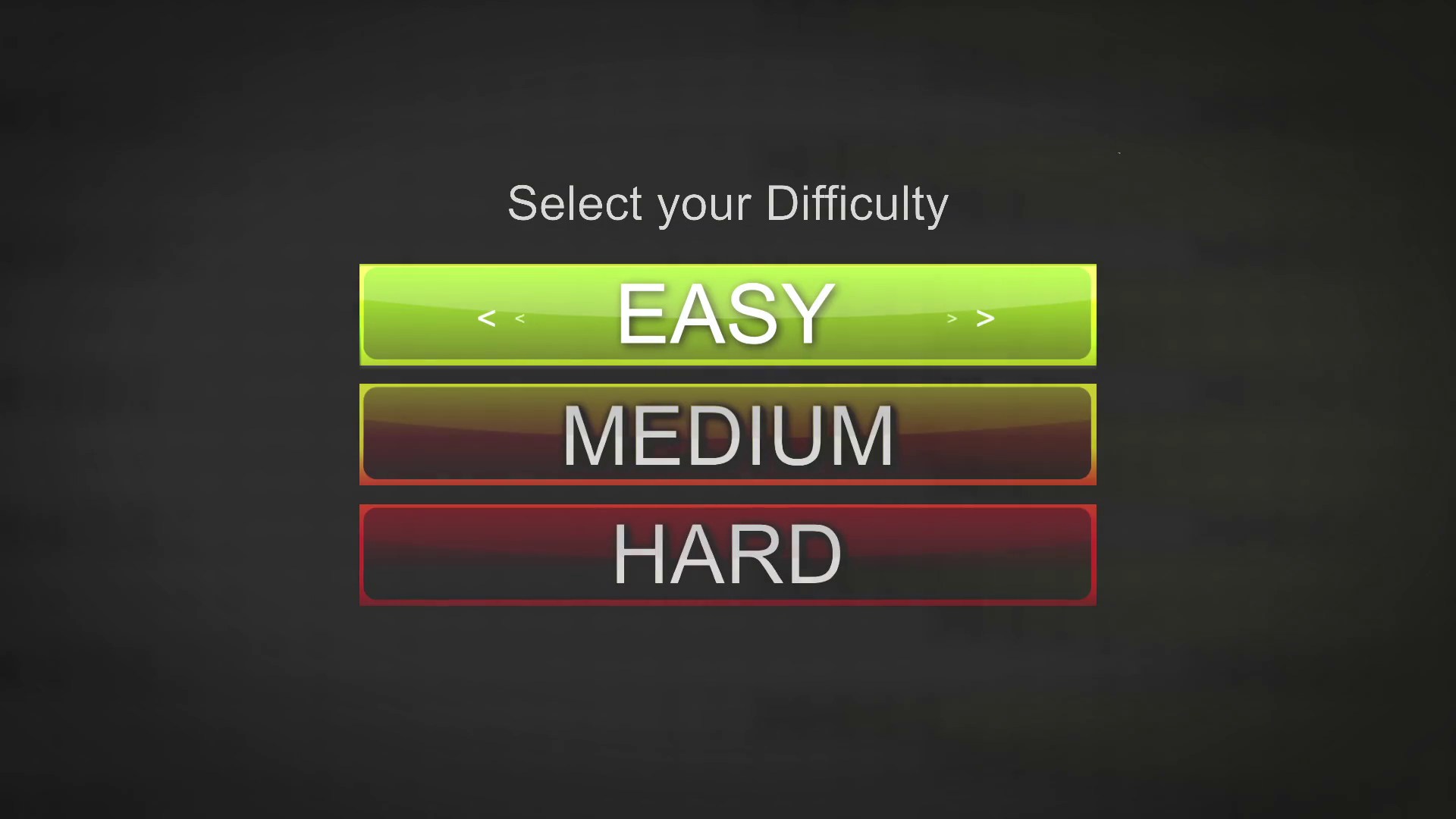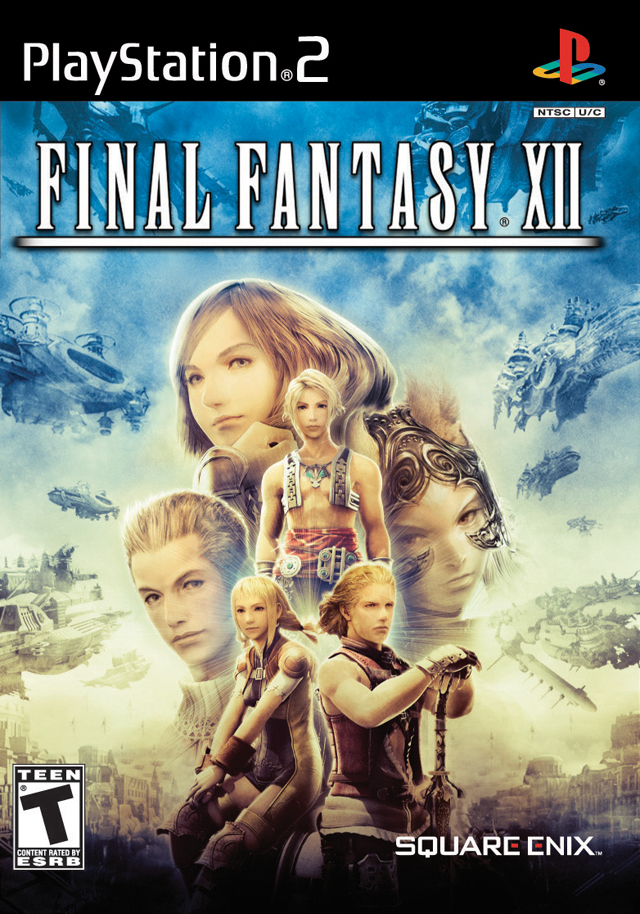How to Add Layers of Challenge to Keep Players in Flow
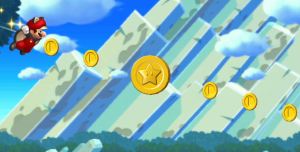
One of the best ways to keep difficulty balanced for different skill levels between players is Challenge Layering. Challenge Layering is when games have multiple goals of different difficulty at a given time that players can choose to complete. If they become bored or frustrated, the player can make the game harder or easier for …
Controlling Flow for Different Levels of Player Skill
FFX’s Chocobo Eater’s Brilliant Game Design
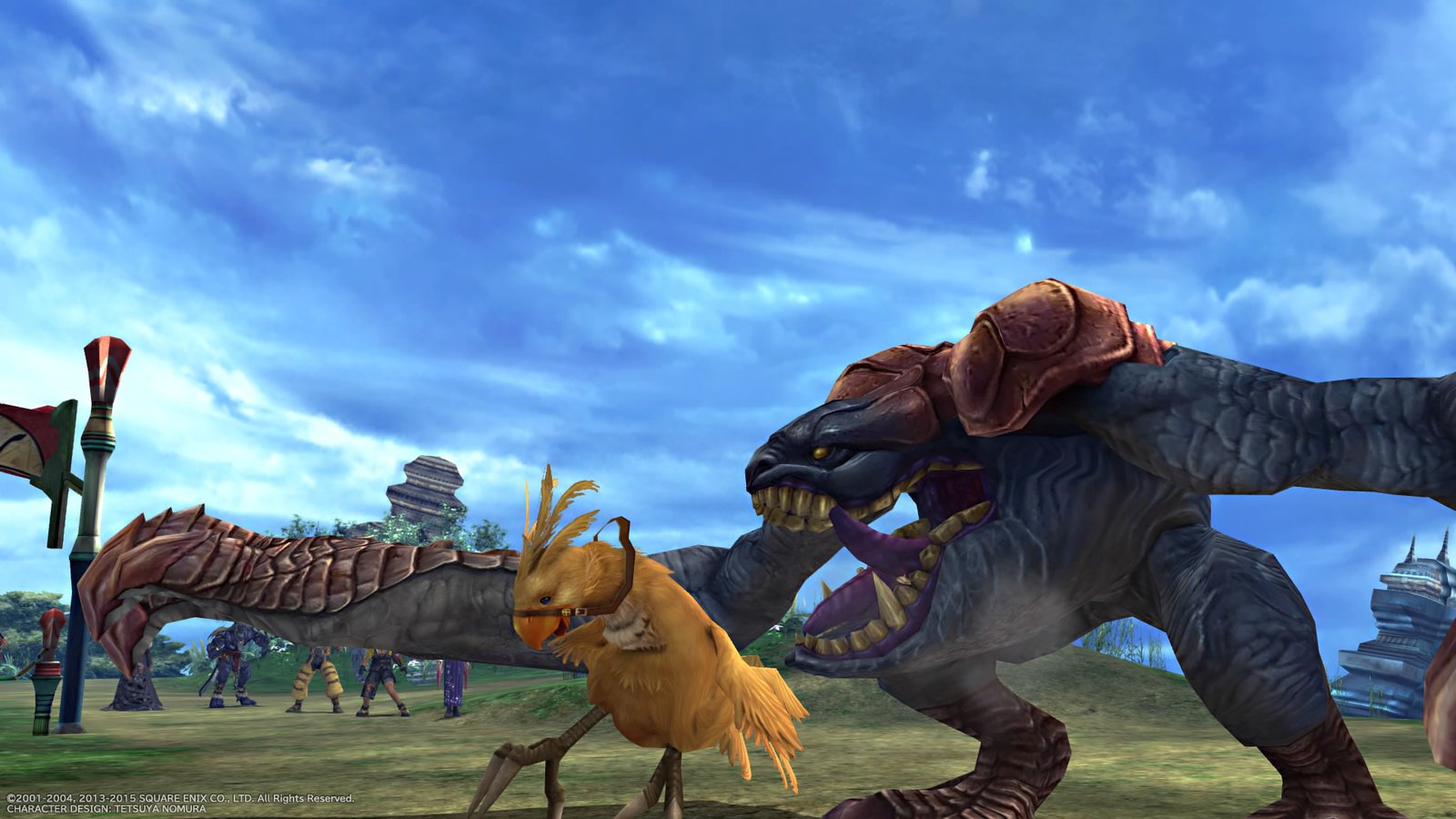
In FFX (now on Nintendo Switch, thank Yevon!), the Chocobo Eater is a boss in the early part of the game that exhibits great game design principles including planning for multiple player types, negative feedback, and flow control using challenge layering. The battle consists of 4 lanes. On each side of the battlefield, there’s a …
FFX – Sphere Grid Analysis
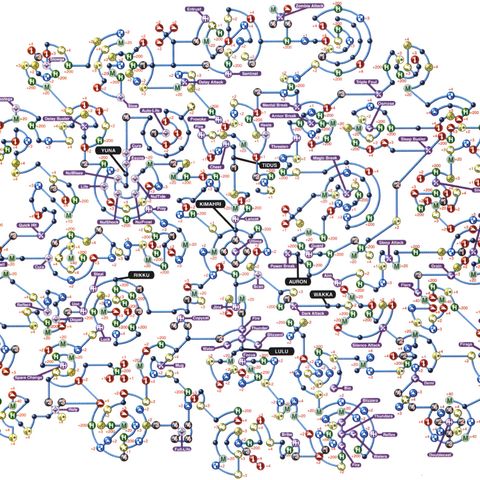
In the beloved Final Fantasy X (now on Nintendo Switch, thank Yevon!), the sphere grid acts as a stat and ability tree of massive scale. Every character starts at a position in the sphere grid and as they gain experience (called SP) they can move around the grid collecting stats and abilities along the way. …
When to Care About Performance in Software Development
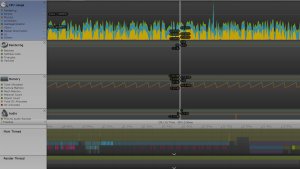
When developing software, we have to remember that our number one priority is to meet our customer’s needs – i.e., making our software usable. Performance is often a critical factor in usable software. Let’s see how we must consider performance in each phase of development to make our customers happy. (You go through these phases …
Coding for the Future: Making Code Readable and Extensible
In today’s world, software tends to live on and on with many features added over the course of its lifetime. To deal with perpetual software, software engineers must write code that is maintainable. Maintainable code has two properties we care about: readability, the ease of understanding code, and extensibility, the ease of extending code later. As …
Don’t Make Me Think Notes – Part 3 – Designing for Scanning
Chapter 3 – Billboard Design 101 In chapter 2, we learned people scan rather than read. So, we need to be designing for scanning instead of reading. If they’re going to act like you’re designing billboards, then design great billboards. Here’s what you can do: Take advantage of conventions Make it obvious what’s clickable Create …
Don’t Make Me Think Notes – Part 2 – How people use the web + games
Chapter 2 – How people really use the web In Part 1, we learned about usability and the importance of self-evident UIs. In order to create self-evident UIs, we need to understand how people actually use software. People quickly scan everything and click the first thing that grabs their attention. They don’t treat the web …
Don’t Make Me Think Notes – Part 1 – Usability + Self-Evident UI
Don’t Make Me Think: A Common Sense Approach to Web Usability is an incredible book to help user interface designers create systems that make users delighted. While intended for web and mobile developers, there are countless concepts all game developers will want to know. Here are my notes: What is Usability? A person of below …
My Best Games of 2017
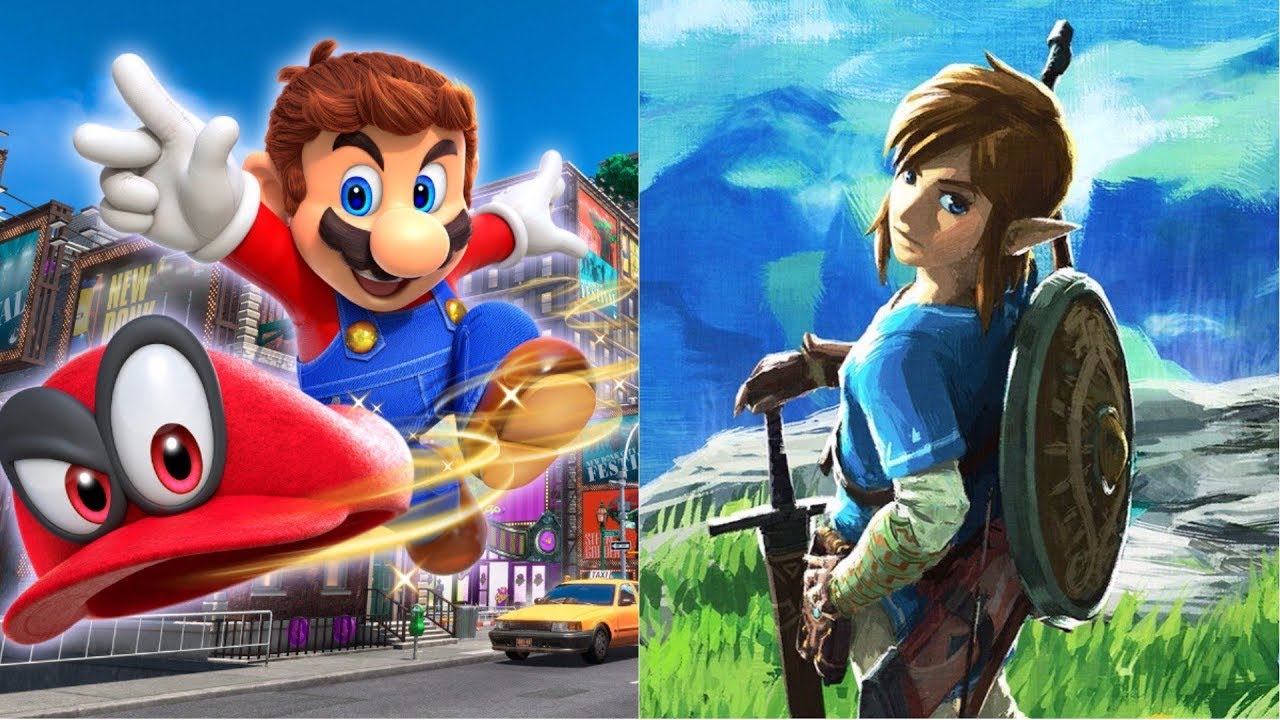
For me, this was an incredible year for games. As a 3D platformer and JRPG fan, this year was much-needed candy to my palette. Let’s do this by category: Adventure/Action RPGs Zelda: Breath of the Wild– Quite the experience. Probably the ultimate form of adventure we’ve seen in any video game to date. Buy this …
Improving the Battle System in Xenoblade 2
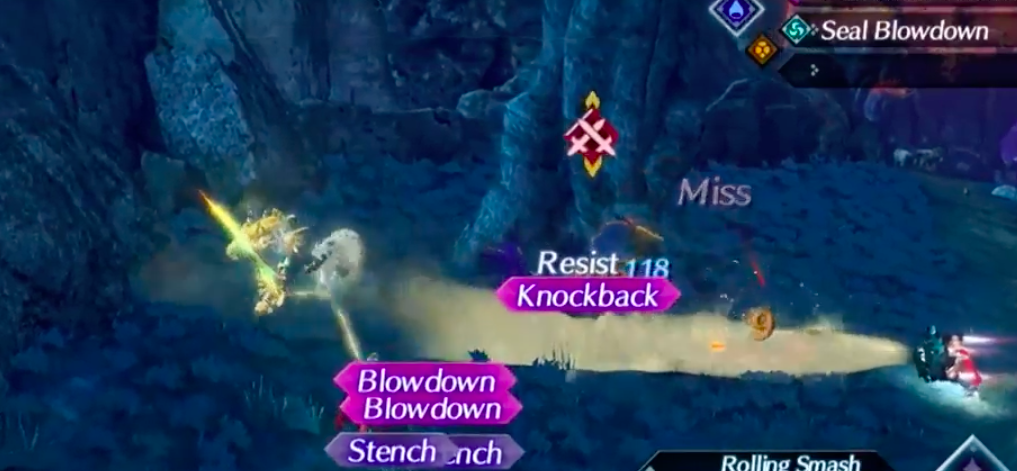
While I absolutely love the strategy in the battle system, I had trouble enjoying common encounters during large portions of the game. I often found battles boring and confusing. Let’s explore the reason why and what we can learn from this. Is the battle system too complex? I want to say no because for every …
Xenoblade 2 – Combat Strategy + Analysis
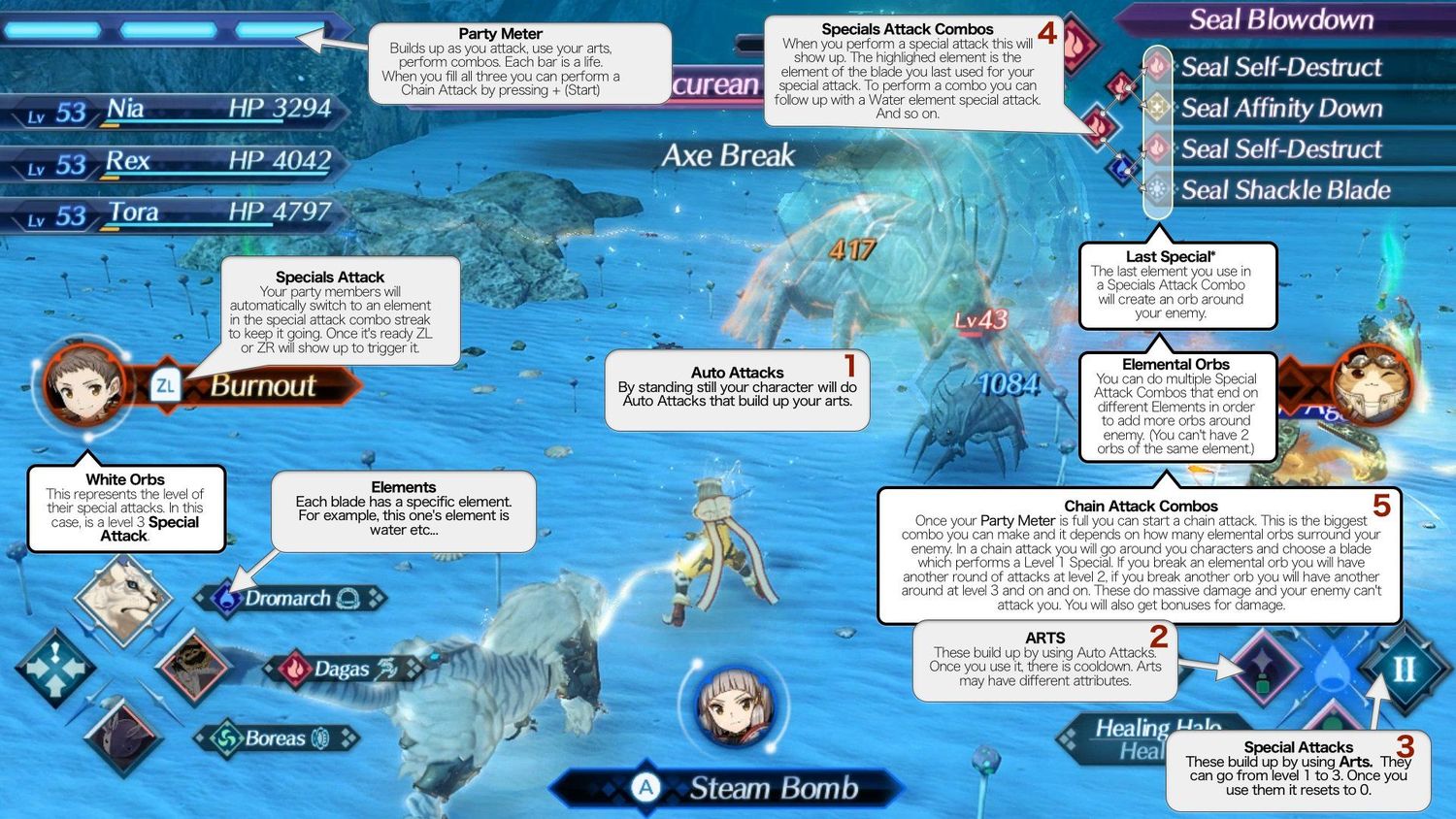
Xenoblade Chronicles 2 is an outstanding JRPG and one of my favorite games of the year. with a strategic battle system that anyone interested in battle mechanics must examine. Battles force players to make quick decisions with risks and rewards keeping them captivated. feel accomplished and satisfied after achieving goals they dreamed of minutes before. …
The Horrors of Randomness in Xenoblade 2
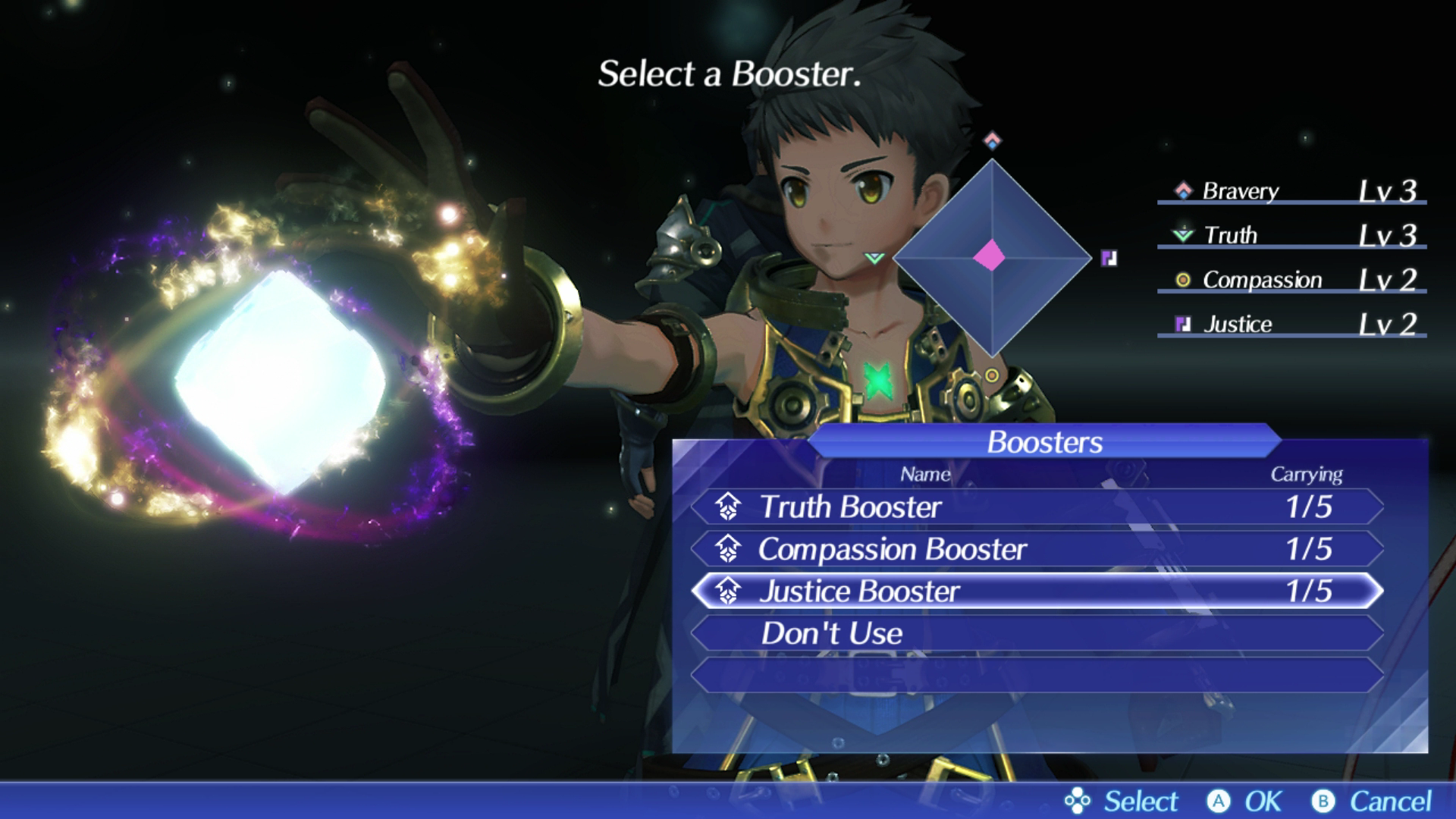
The root of most of Xenoblade 2’s progression system is in receiving blades, fighters you can attach to your characters that determine the weapons and class of your characters. To obtain most blades, you must participate in a gacha-like system. You obtain cores as drops from enemies, which when paired with a character of your …
How Xenoblade 2 Teaches Mechanics
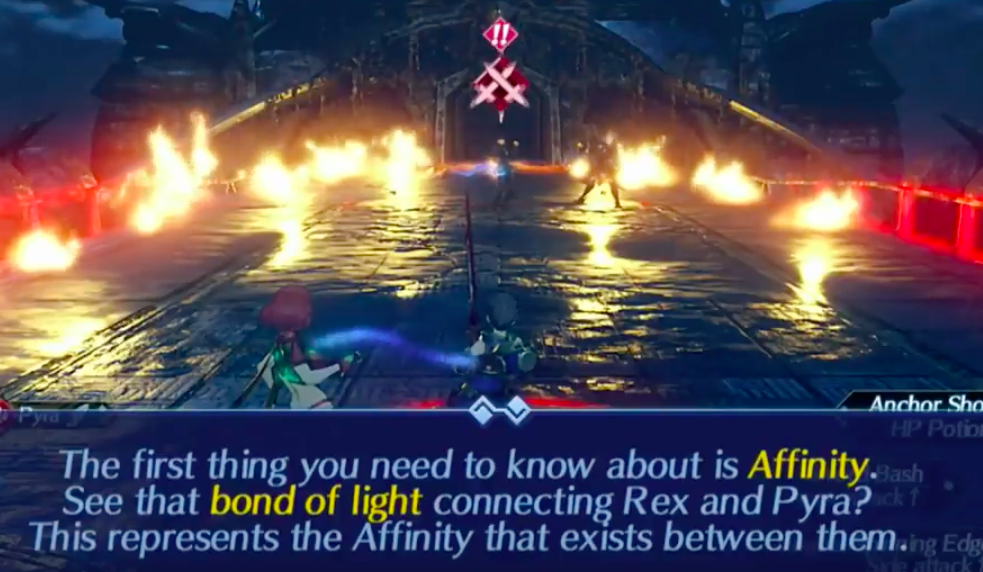
Xenoblade Chronicles 2 is an insanely complicated game. The excellent battle mechanics is just one example of how complex this game is. With all this complexity, surely there are things we can learn about how to teach players mechanics in games. Let’s explore how Xenoblade 2 teaches players and how it could be better. Self-Evidence …
Mario Odyssey Summary Post
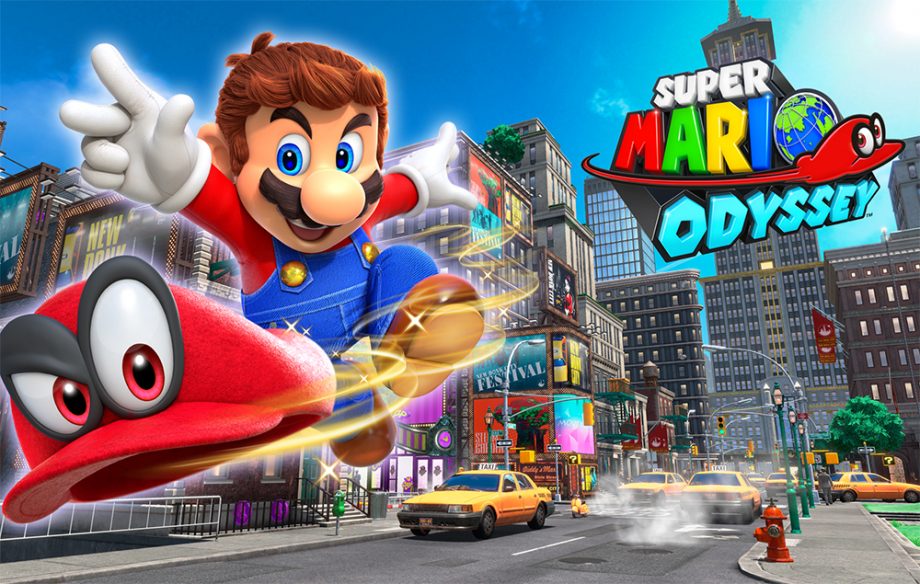
Here are my blog posts related to this outstanding game: Where did Mario Odyssey’s Level Design Come From? How Unordered Challenges make Mario Odyssey Special The importance of linearity in Mario Odyssey Super Mario Odyssey is outstanding! Here are some notable thoughts I had at the end of the game: The many different ways to …
How to Keep Players in Their Flow Channel
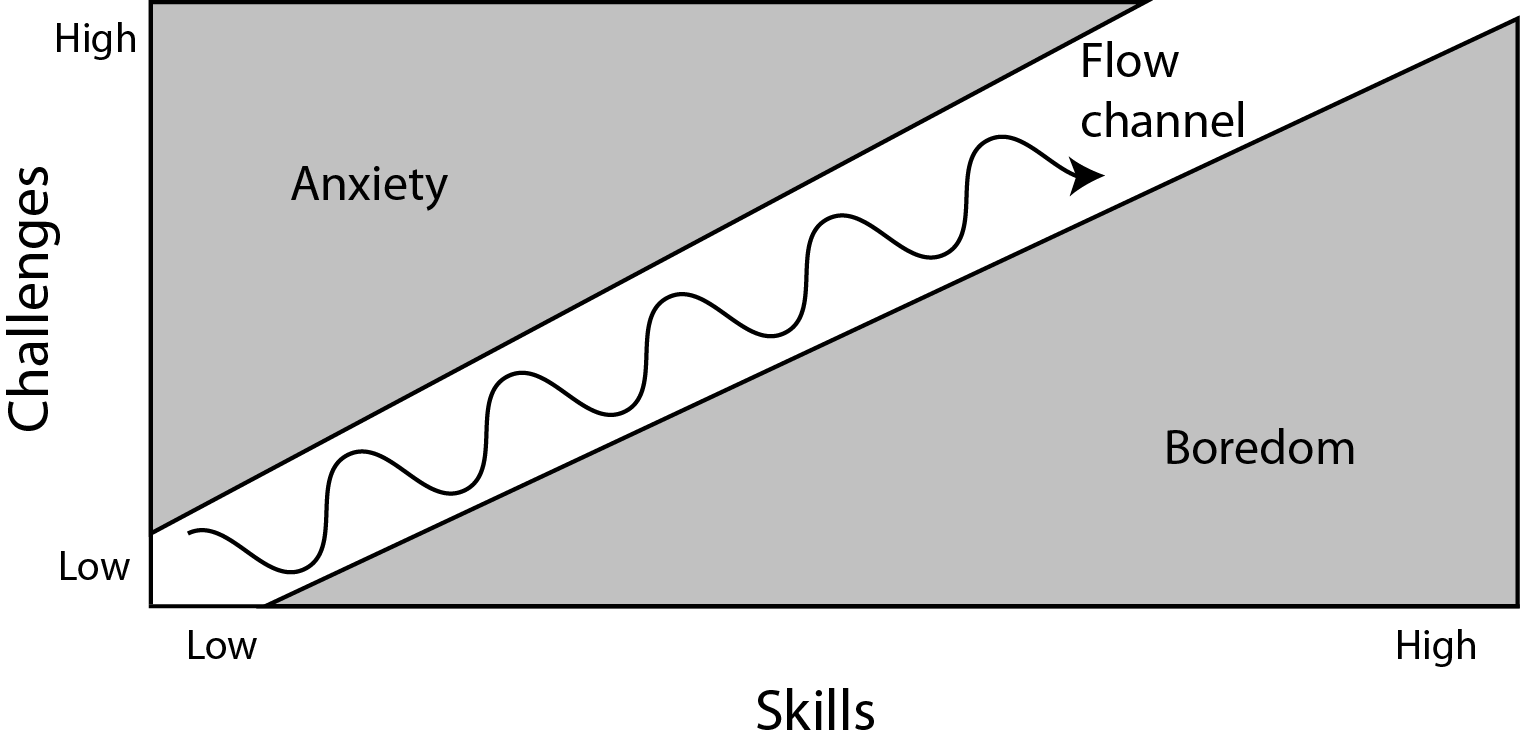
When we create games, our goal is to create an experience enjoyable enough that it holds the player’s focus as long and as intensely as possible. When something captures our complete attention and imagination for an extended period, we enter an exciting mental state. The rest of the world seems to fall away, and we …
How Final Fantasy X uses Challenge Layering to Keep Players Immersed
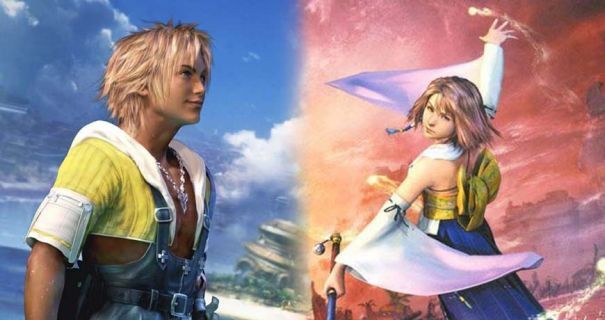
Final Fantasy X (FFX) is a turn-based RPG originally released by Squaresoft in 2001 for Playstation 2 and remastered on PS3, PS4, PC, and now on Nintendo Switch, thank Yevon! Why is FFX so well loved and engaging? One reason is the use of challenge layering to keep players in flow. Challenge layering is the idea of …
The Great Decisions in FFXII’s Game Design
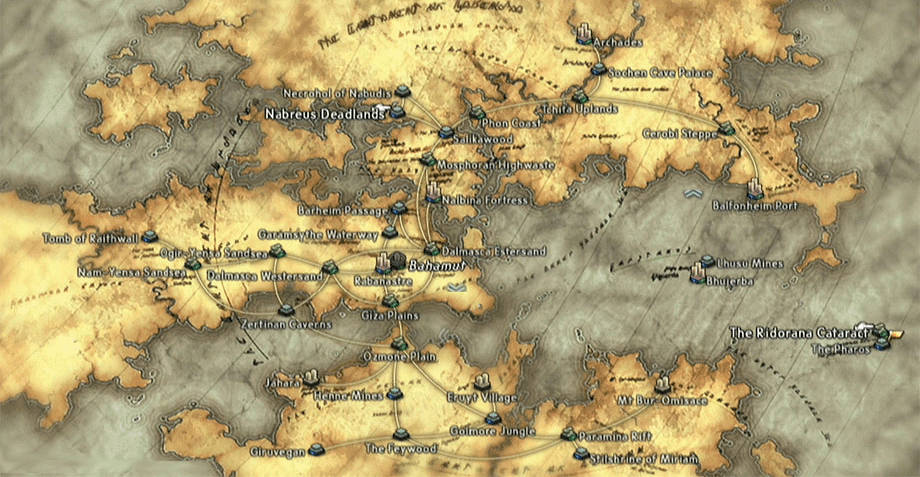
With the remaster, The Zodiac Age, coming out this week, I want to remember some of the things Final Fantasy XII did right. Future JRPGS and WRPGs borrowed some of the revolutionary game design of FFXII, but it doesn’t get as much credit as it deserves (even from me). Judging by more recent Final Fantasies, …
